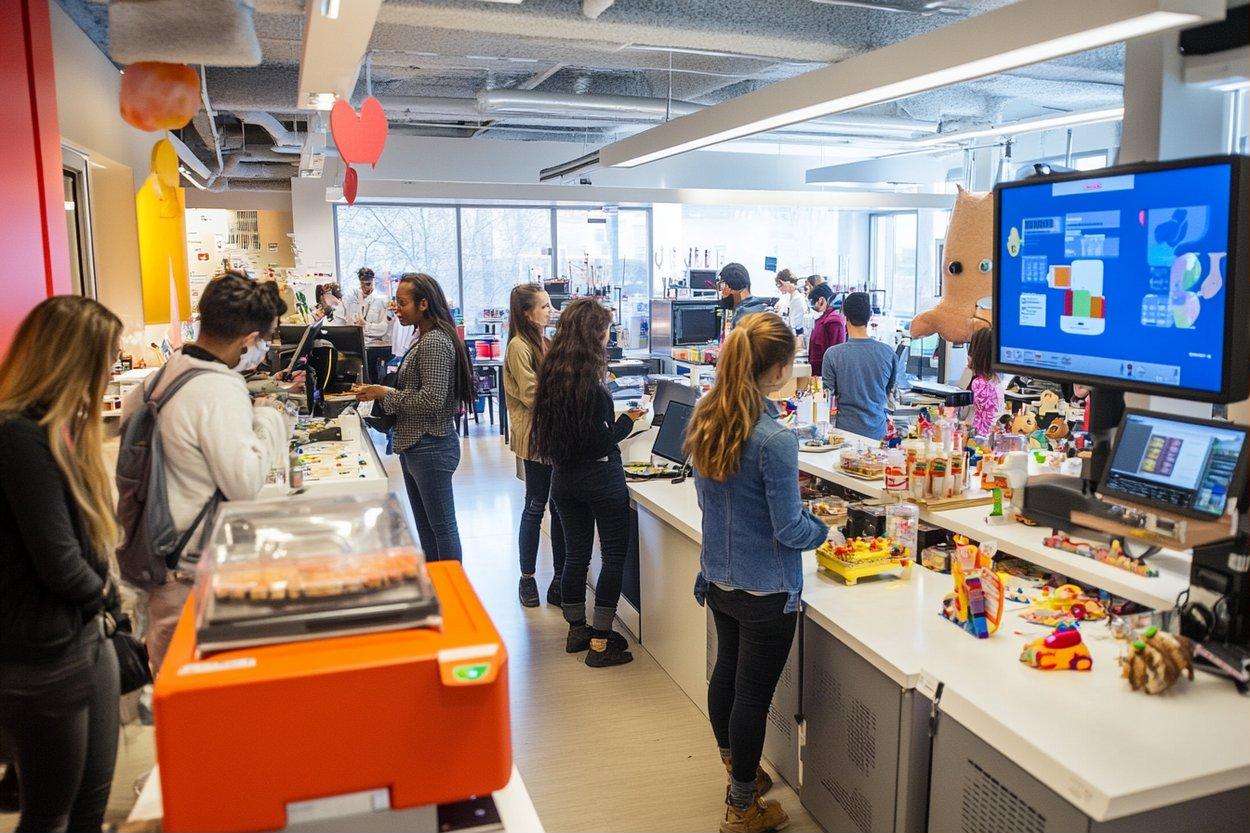Yearbook Guide for Schools: Planning, Photography, and Students
A yearbook is a lasting record of a school year, combining memories, achievements, and visuals into a single volume that students, families, and staff return to over time. Beyond nostalgia, a yearbook documents a school’s culture and events, reflects student voices, and offers practical experience in design, editing, and project management. This guide explains the main elements involved in creating a school yearbook, with attention to photography, student roles, and the broader educational value.

Yearbook: what purpose does it serve?
A yearbook preserves the narrative of a school year in a tangible format. It captures class photos, clubs, sports, ceremonies, and candid moments that together form a social history of the school community. For many students, yearbooks become a way to remember friendships and milestones; for schools, they document institutional changes and traditions. Yearbooks also provide opportunities for students to practice communication, editorial judgment, and archival thinking as they decide which events and people to include.
School yearbook planning and workflow
Planning a school yearbook starts by setting a production timeline aligned with the academic calendar—scheduling photos, deadlines for submissions, design review, and printing. Typical roles include an advisor (often a teacher), student editors, photographers, and a layout/design team. Establish clear policies for content, permissions, and inclusions (for example, whether staff or extracurriculars will be featured). Budget planning is essential for printing and distribution; many schools use fundraising, pre-orders, or parent contributions. A consistent workflow and shared project management tools reduce last-minute rushes and help maintain quality control.
Education value of a yearbook project
Yearbook production is an applied learning experience that ties into education goals across subjects. Students practice literacy and editing through copywriting and captions, use design principles in layout work, and apply math and budgeting in financial planning. Collaboration on a yearbook fosters soft skills such as communication, time management, and conflict resolution. For journalism or media classes, the yearbook can be an authentic assessment: students produce a real-world deliverable, receive feedback, and reflect on ethical considerations like accuracy, fairness, and the representation of diverse voices.
Photography tips for yearbooks
Strong photography is central to an effective yearbook. Prioritize consistent quality by establishing basic technical standards—resolution for print, preferred aspect ratios, and lighting guidelines. Capture a mix of posed portraits and candid shots that show emotion and context. Plan coverage for major events (graduations, plays, sports games) and also schedule smaller sessions for clubs and organizations. Encourage photographers to seek permission when photographing individuals and to respect privacy preferences. Image organization matters: use clear file naming and folders so editors can quickly find and place images during layout.
Students’ roles and contributions
Students drive the yearbook’s voice and content. Roles typically include editors (managing themes, pages, and deadlines), photographers, writers, graphic designers, and distribution coordinators. Assigning specific responsibilities helps students gain depth in one area while collaborating across tasks. Peer review systems can improve content accuracy and inclusiveness; for example, student teams can check captions and verify names to avoid errors. Including a variety of student perspectives—underclassmen, student leaders, and club members—ensures the yearbook reflects a broader cross-section of the school community.
Conclusion
Creating a yearbook brings together planning, photography, editorial judgment, and student collaboration to produce a durable record of a school year. When executed with attention to process and inclusion, a yearbook supports educational goals and provides meaningful hands-on experience. It also leaves a tangible legacy that connects students and staff to their shared history.






